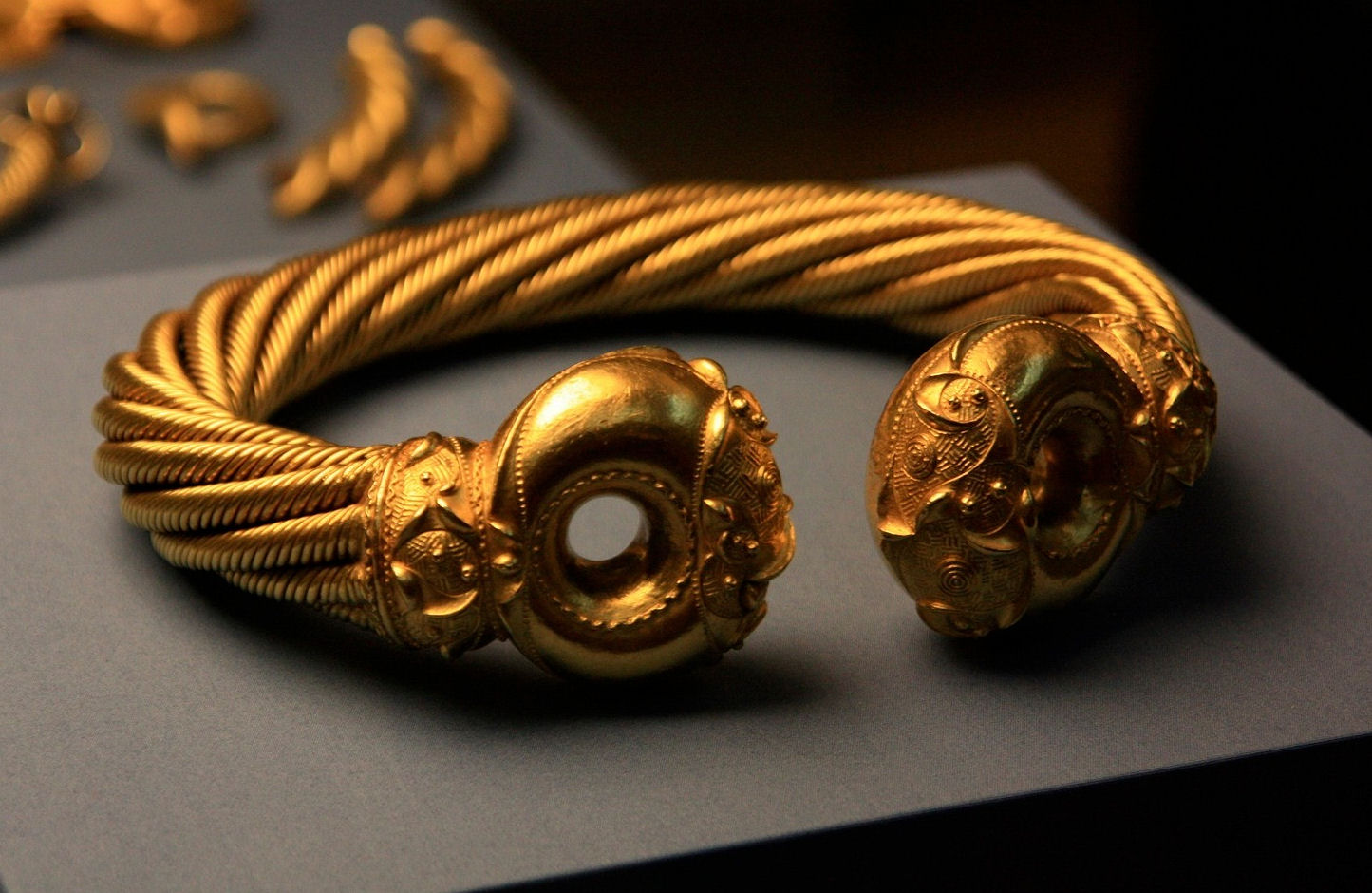NOTES FROM THE HINTERLAND 11
What Price Genius?
Steve Wozniak: ‘What do you do? You’re not an engineer. You’re not a designer. You can’t put a hammer to a nail...’
Steve Jobs: ‘Musicians play their instruments. I play the orchestra.’
Steve Jobs
The film Steve Jobs is more than a conventional biopic. It boasts the taut dialogue of Aaron Sorkin, the assured direction of Danny Boyle and an acting tour de force from Michael Fassbender. It also has a distinctive theatrical three-act structure, concentrating the action on three pivotal product launches.
The movie uses the behind-the-scenes drama before these launches to explore the psychology of the man at their centre: his relationships with his colleagues, his ex-girlfriend and his daughter; and his own sense of self. Jobs was clearly a genius, but he was also troubled and had flawed relationships. In the film he says of himself, rather poignantly: ‘I’m poorly made.’
For anyone in the corporate world it’s hard to watch the Jobs movie without asking questions about the nature of leadership and commercial success. So many of Apple’s phenomenal accomplishments were directly attributable to Jobs’ extraordinary vision; but clearly they were also precipitated by his drive, his obsession for detail and his exacting standards.
What is an acceptable price to pay for success? What level of collateral damage, to colleagues and culture, should we accommodate in the quest for greatness? When does the end not justify the means?
Steve Wozniak: ‘It’s not binary. You can be decent and gifted at the same time.’
Steve Jobs
How Do We Accommodate Corporate Autism?
The same weekend that I saw Steve Jobs, I also read about an award-winning book concerning autism, Neurotribes by Steve Silberman. (Reviewed by James McConnachie, The Sunday Times, 22/11/15)
Autism is a condition characterised by inability to relate, self-isolation and obsession with sameness. In the 1930s the Viennese paediatrician Hans Asperger thought that autism was a relatively common trait, ‘an extreme variant of male intelligence.’ He also observed a link between autism and genius: ‘For success in science and art a dash of autism is essential.’
In the 1940s the view became established that autism was a rare and extreme condition. The book relates how it was only in the 1980s that the psychiatrist Lorna Wing identified autism as a broad continuum. Nowadays we expect 1 in 68 children to be ‘on the spectrum’, whereas in the past only 1 in 2000 was thought to have the condition.
Given that so much of a company’s personality and values is tied up in the personality and values of its leadership, we should perhaps give more thought to the psychology of our leaders. Should we be surprised if entrepreneurs and industry visionaries are often somewhat isolated, obsessed and have a reduced ability to relate to others? To some extent these have been the characteristics that qualified them for a leadership role. Or, ‘passionate, goal oriented and independent,’ as the leader’s job spec would have it.
We need to better understand the science behind this corporate autism and to give our leaders more support. It’s no longer appropriate to shrug and say that genius has its price.
Silberman’s own conviction is that autism should be accommodated within a broad conception of ‘neurodiversity’; that we should think not of disorders, but of different ‘human operating systems.’ We can start, he suggests, by embracing different perspectives on ‘normality’.
‘By autistic standards the normal brain is easily distractible, is obsessively social and suffers from a deficit of attention to detail and routine.’
Ultimately we need to broaden our expectations of leaders, embracing more psychological types and more neurodiversity. We need a new class of 'leadership operating system' fit for an age of partnership, empowerment and change. Because you can't change your behaviour if you don't change your mind.
Are You Nostalgic for the Future?
I confess the Steve Jobs film prompted a certain amount of nostalgia in me: nostalgia for a time when advertising played a central role in the grand corporate narrative (there are quite a few references to Lee Clow and Chiat Day); and also nostalgia for the future.
The movie begins with a compelling piece of archive film. We see the science and science-fiction writer Arthur C Clarke interviewed in 1974 by an Australian journalist. Asked what kind of future he envisages for the journalist’s son, Clarke sketches a world of in-home computing, global connectivity, online shopping and flexible working. In short he predicts the internet age.
One is reminded how exciting the future used to be. I grew up with the space race, NASA, Apollo landings and The Clangers. We dreamed of astronauts, aliens, asteroids and tin foil. I made a lunar landscape out of papier mache.
More recently we’ve witnessed the most dramatic technological transformation since the Industrial Revolution. We’ve seen extraordinary levels of personal, political and commercial upheaval. It’s been a thrilling, inspiring, challenging ride.
But has the future lost some of its lustre? We have become aware that the same technology that spreads knowledge and understanding can also intensify hate and bigotry; that progress brings new challenges in the areas of privacy, security, inequality and corporate oligarchy; that the freedoms of empowerment also carry the responsibilities of self control.
Whereas we used to look forward with wide-eyed anticipation, we are now engaged with the practical challenges of realising tomorrow today. Inevitably we can suffer change fatigue. A certain amount of circumspection is natural.
Nonetheless I’m a firm believer that hope and optimism are the first steps to progress. We should perhaps rededicate ourselves to imagining a future beyond our present, however complex and challenging that present may be. We should not deny ourselves the chance to dream.
‘Space is the place.
Space is the place.
There is no limit to the things that you can do.’
Sun Ra/Space Is The Place
No. 58
























